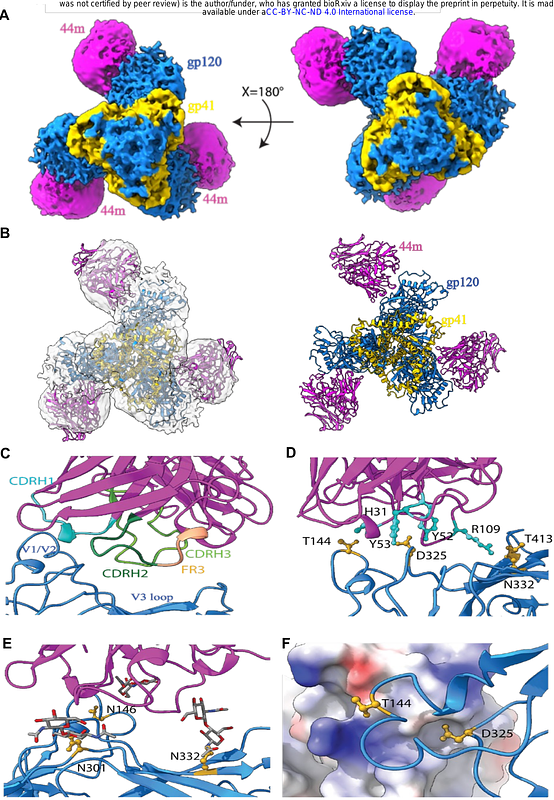Immunogenicity and Structural Features of a Stabilized Clade-C HIV-1 Env Derived from a Pediatric Elite-neutralizer

Immunogenicity and Structural Features of a Stabilized Clade-C HIV-1 Env Derived from a Pediatric Elite-neutralizer
Singh, S.; Kumar, S.; Chatterjee, A.; Malhotra, L.; Rahman, A.; Andrabi, I.; Mondal, B.; Katpara, S.; Sharma, S.; Bhakri, H.; Gaur, A.; Bansal, T.; Pervez, M.; Iyer, V.; Hussain, A. W.; Ahmed, S.; Kumar, R.; Ethayathulla, A. S.; Lodha, R.; Dutta, S.; Luthra, K.
AbstractThe envelope (Env) glycoprotein from viruses circulating in elite-neutralizers individuals who naturally develop broadly neutralizing antibody (bNAb) responses, serves as a potential template for rational HIV-1 vaccine design. Here, we engineered a soluble clade-C Env trimer (330) derived from a pediatric elite-neutralizer (AIIMS_330) using SOSIP, NFL, and self-assembling ferritin-nanoparticles (NP) platforms. Both Env SOSIP and NP-displayed Envs exhibited high thermostability and nanomolar binding affinity to diverse HIV-1 bNAbs, with minimal reactivity to non-neutralizing antibodies, indicative of a native-like antigenic profile. A cryo-EM structure of the 330-SOSIP trimer in complex with the autologous bNAb 44m, revealed recognition of the GDIR motif and N332 supersite with additional contacts at T144, and T413. Rabbits immunized with the SOSIP and NP elicited potent autologous and other tier-1 clade-C viruses neutralizing responses, supporting the utility multivalent vaccine. These findings broaden our understanding of the structure and immunogenicity of the HIV-1 Env from pediatric ENs and contribute valuable information towards a rational immunogen design.